


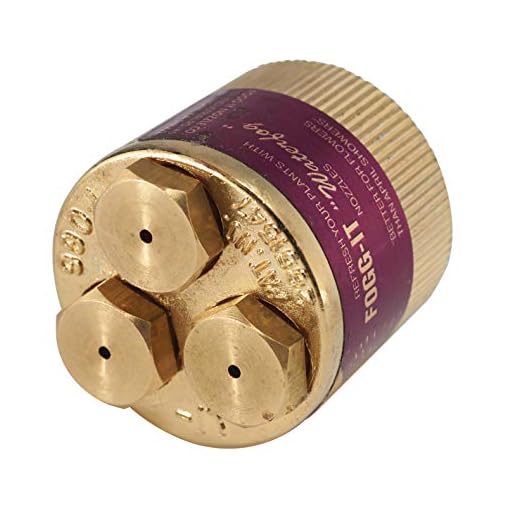
For most household cleaning applications, a tool delivering between 1.5 to 2.5 gallons per minute is optimal. This rate is sufficient for tasks like washing vehicles, driveways, and outdoor furniture without causing damage. When choosing a model, consider that higher flow rates may lead to increased water consumption, which can be a factor in environmentally conscious choices.
If your focus is on tougher jobs, such as removing mildew from decks or cleaning stubborn stains from concrete, a unit with a flow rate of 2.5 to 3.0 gallons per minute is recommended. This range offers the power required for more demanding surfaces while still maintaining manageability for the user.
For commercial or heavy-duty usage, selecting machinery in the 3.0 to 4.0 gallons per minute spectrum is advisable. This capacity will handle professional-level tasks and ensure efficiency in large-scale cleaning projects. However, bear in mind the trade-off in water usage and ensure your water supply can accommodate such a demand.
Evaluating the intended use, alongside the flow rate, will allow for effective cleaning while preserving both surfaces and resources. Prioritising the right specifications will make a significant difference in the outcome of your cleaning efforts.
Determining the Right Flow Rate for Your Cleaning Tasks
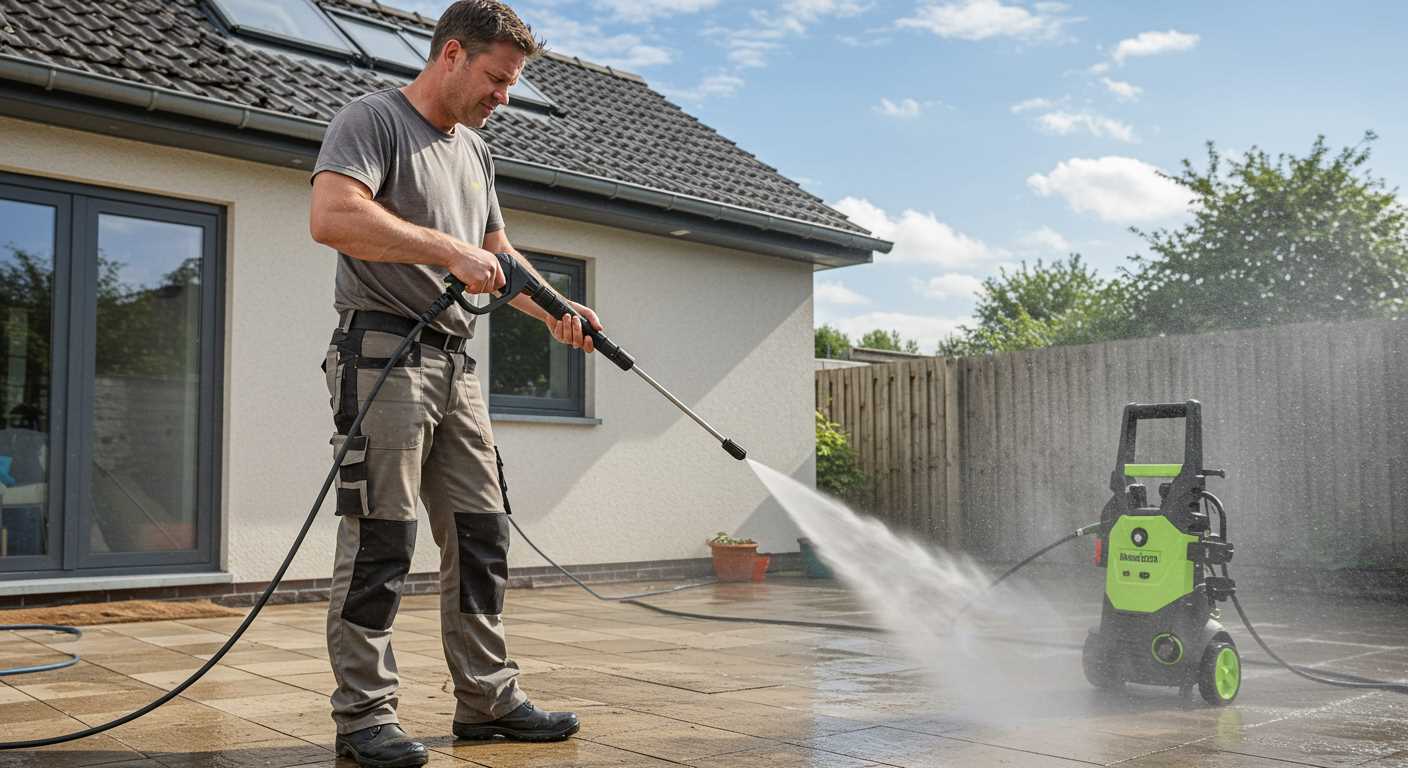
The ideal flow rate for various cleaning projects typically ranges from 2 to 5 gallons per minute. For light to moderate usage, such as washing cars or outdoor furniture, a model with a flow rate of around 2 to 3 can suffice. This allows for effective dirt removal without excessive water consumption.
Intensive Cleaning Requirements
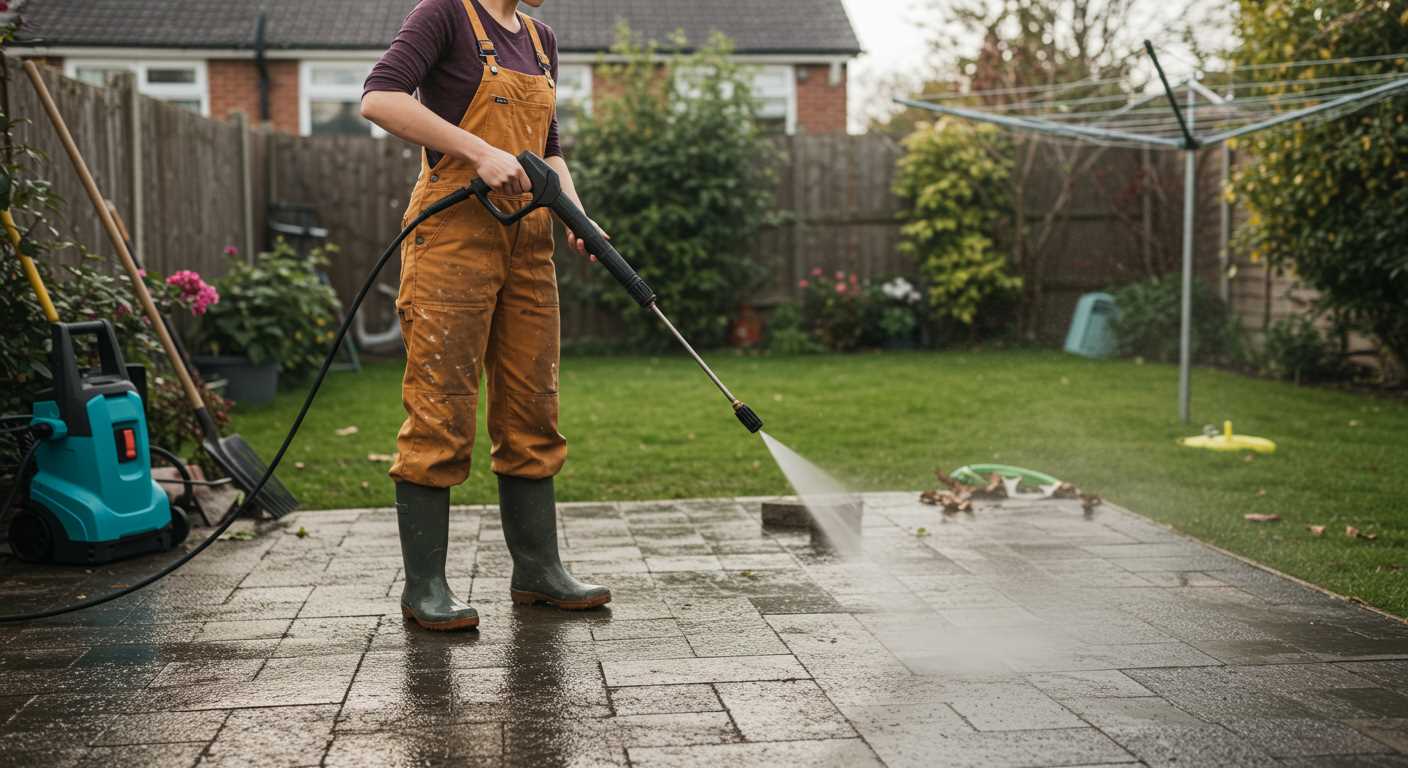
If your tasks involve stripping paint or washing large surfaces like driveways and decks, aim for a unit with a higher flow rate, around 4 to 5. Higher volume not only enhances cleaning efficiency but also helps reduce the time spent on tougher jobs.
Always consider the specific cleaning agents you’ll be using. Some detergents are more effective with certain flow rates. Typically, higher flow can better activate these solutions, maximising their cleaning power.
Multi-Purpose Applications
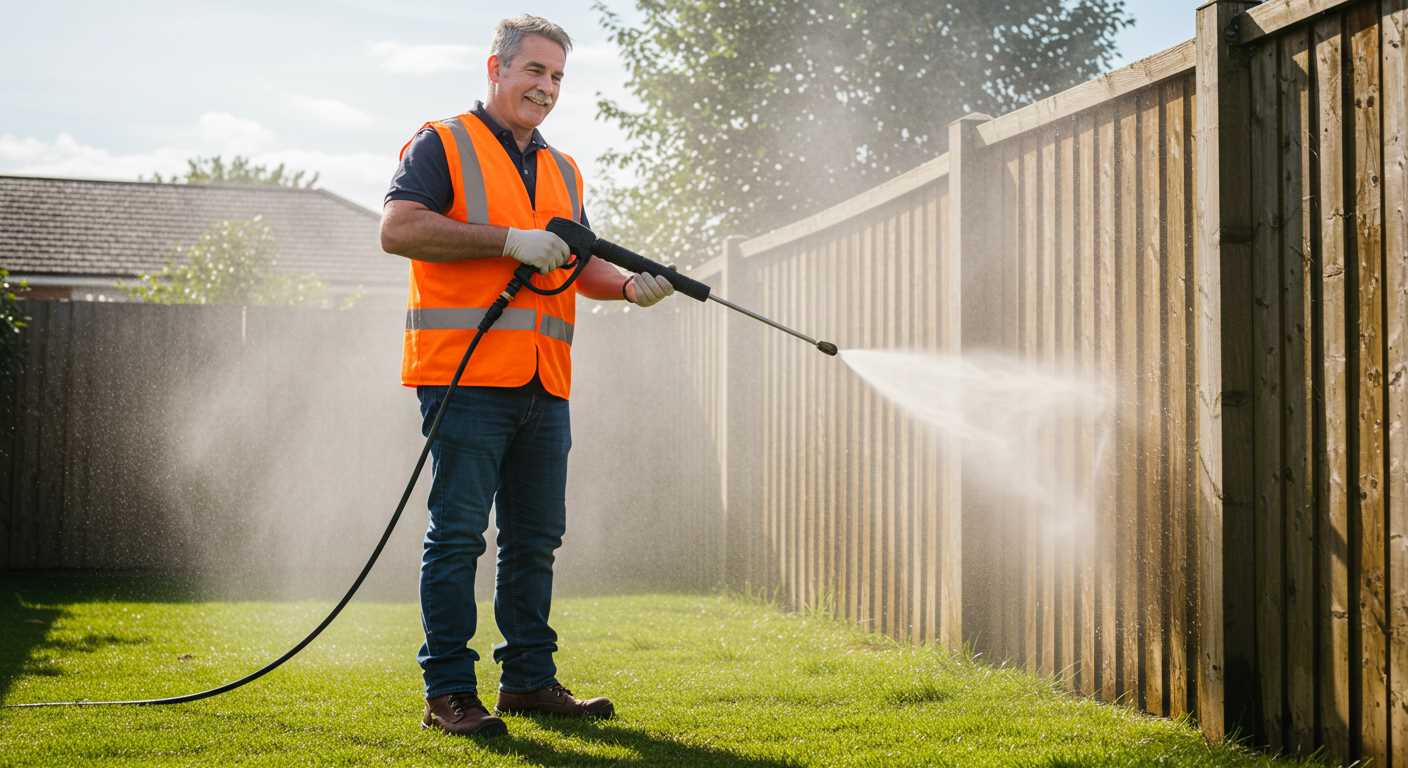
For versatility, select an option that offers adjustable flow settings. This feature lets you adapt to different scenarios, giving you the freedom to tackle everything from gentle rinses to heavy-duty scrubbing as needed.
Remember, understanding your cleaning demands and selecting the right flow rate can streamline your maintenance routine and ensure optimal results.
Understanding GPM and Its Importance
A machine with a flow rate of 2.5 to 4.0 litres per minute commonly suffices for general outdoor and vehicle cleaning tasks. For heavier stains or more extensive surfaces, a higher output around 3.5 to 4.0 litres per minute is beneficial.
Impact on Cleaning Efficiency
The flow rate affects how thoroughly a surface can be cleaned. A unit with a greater output delivers more water, effectively rinsing away dirt and grime. This is especially vital for porous surfaces like concrete, where debris can settle into crevices. The combination of high pressure and a significant flow rate accelerates the removal process, allowing me to finish jobs faster.
Choosing the Right Specifications
In selecting equipment, consider task frequency and type. For residential usage, approximately 2.0 to 3.0 litres per minute suffices for typical cleaning jobs. In contrast, for commercial or heavy-duty applications, prioritising models with upwards of 3.5 litres per minute provides the strength required for tougher scenarios. Matching the output to the task ensures effectiveness, saving both time and water.
Selecting the Right GPM for Different Surfaces
For effective cleaning, it’s crucial to match the flow rate with the surface type. Here’s a breakdown:
- Concrete: A higher flow rate, around 3-4 litres per minute, works best. It efficiently removes dirt and stains from driveways and patios.
- Wood: Opt for a moderate range of 2-3 litres per minute. This prevents damage while still cleaning effectively. Ideal for decks and fences.
- Vehicle Exteriors: Approximately 1.5-2.5 litres per minute suffices. It provides gentle cleansing for paints and finishes without risk of harm.
- Brick and Stone: A strong output of 3-4 litres per minute is appropriate, particularly for walls and pathways to eliminate mildew and grime.
- Glass: Stick to about 1-2 litres per minute, ensuring safe washing of windows without risking breakage.
Choosing the right flow rate doesn’t just enhance cleanliness but also extends the lifespan of the surfaces. Avoid using excessive pressure; it can lead to damage and costly repairs.
Always test a small area first if you’re uncertain. Adjustments can make a significant difference in results. Understanding how these dynamics interact helps streamline your cleaning tasks and achieve the desired outcomes efficiently.
How GPM Affects Cleaning Time and Results
The volume of water flow directly influences how quickly and effectively cleaning is accomplished. Higher flow rates can significantly reduce the time spent on each task while enhancing the overall results.
Impact on Cleaning Efficiency
In my experience, optimal flow rates lead to superior cleaning outcomes as they provide more water to loosen dirt and grime, allowing for a more thorough rinse. Consider the following:
- For lighter dirt or debris, a lower rate can suffice, taking longer but working adequately.
- For tougher stains or larger surfaces, elevated flow rates dramatically cut down on cleaning time and improve soil removal.
Surface Considerations
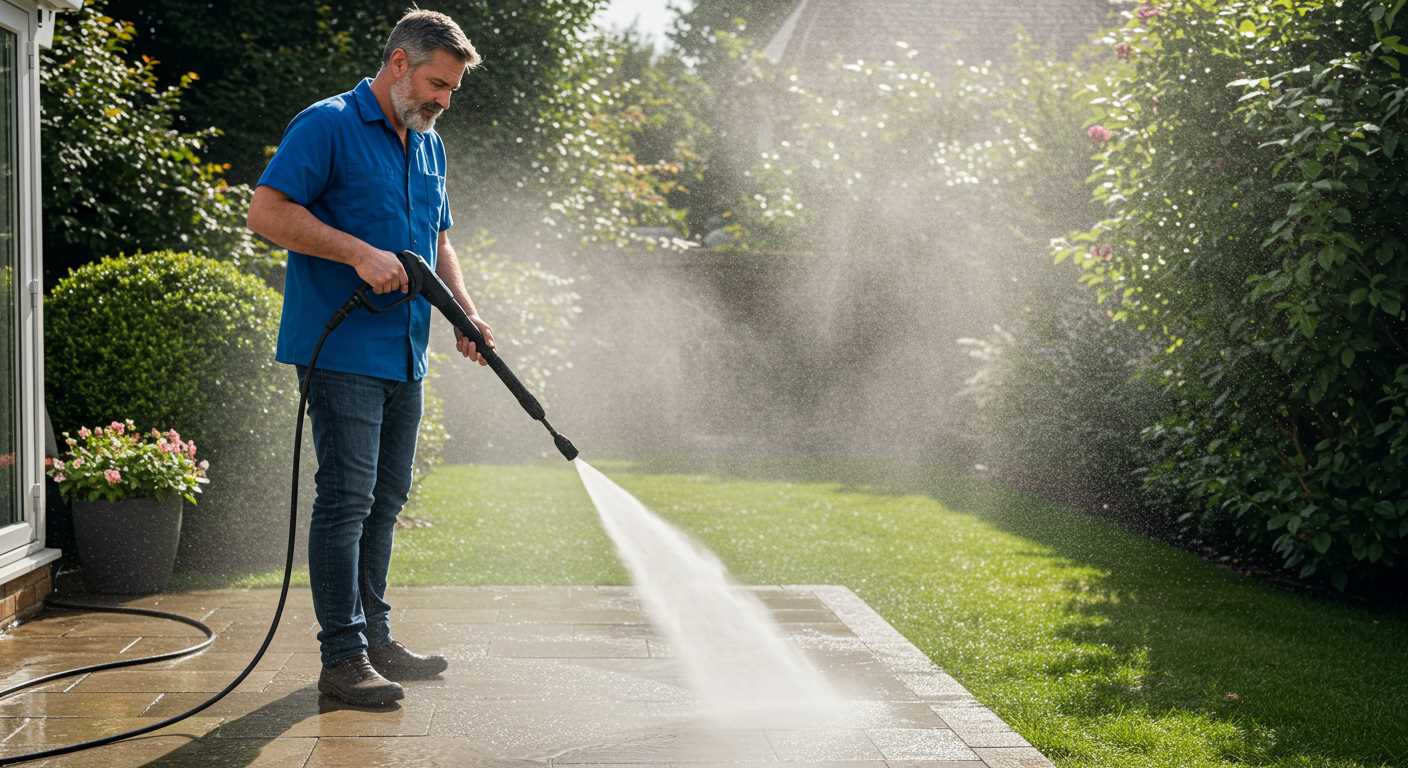
The type of surface also plays a role in how effective the water flow will be. For example:
- On delicate materials like wood, lower flow rates combined with suitable cleaning agents prevent damage.
- Hard surfaces, such as concrete or brick, benefit from higher flow rates, ensuring that more water pressure aids in dislodging stubborn dirt.
I recommend assessing both the surface type and the extent of contamination. Picking the right flow rate not only enhances cleaning efficiency but also protects surfaces from potential harm. Adjusting this variable can save significant time and ensure outstanding results.
Matching GPM with PSI for Optimal Performance
To achieve the best cleaning efficiency, aligning gallons per minute with pounds per square inch is critical. For most tasks, a standard ratio is 1 GPM for every 100 PSI. For instance, if you have a machine providing 2000 PSI, aim for 20 GPM for maximum effectiveness. However, this relationship can vary depending on the cleaning job at hand.
General Cleaning Tasks
For general household tasks, such as cleaning patios or vehicles, a combination of around 2 GPM and 1500-2000 PSI works well. This balance allows for effective removal of dirt without damaging the surfaces. Too high a flow may lead to oversaturation, while too low can leave residue behind.
Heavy-Duty Applications
For industrial or heavily soiled surfaces, consider a higher flow rate, perhaps around 4 GPM paired with 3000 PSI. This setup enables quicker cleaning, especially for concrete or masonry. It’s vital to adjust nozzles accordingly to ensure the pressure is not concentrated on a single spot, which could cause surface damage.
Ultimately, understanding the relationship between flow rate and pressure is key to selecting the ideal cleaning equipment for varied applications. Proper matching leads to efficient cleaning, reduced time, and prevention of surface damage.
Adjusting Flow Rate for Residential vs Commercial Use
For residential applications, a flow rate of 1.5 to 2.5 gallons per minute (GPM) is typically sufficient. This delivers adequate cleaning for general household tasks such as patio cleaning, car washing, and lightly soiled surfaces. If you’re dealing with larger areas or tougher messes, opting for a model around 2.0 to 2.5 GPM can effectively cut down on cleaning time without overkill.
In contrast, commercial uses demand a more robust machine. For consistent operation in a business setting, a flow rate of 2.5 to 5.0 GPM is advisable. This range allows for greater efficiency when tackling heavy-duty jobs like surface preparation, equipment sanitisation, or even vehicle fleets. Such models not only save time but also enhance productivity, making them ideal for professionals who rely on their tools daily.
| Use Case | Recommended Flow Rate (GPM) |
|---|---|
| Residential Cleaning | 1.5 – 2.5 GPM |
| Commercial Cleaning | 2.5 – 5.0 GPM |
| Heavy-Duty Tasks | 3.0 – 5.0 GPM |
Adjusting the flow rate according to your specific needs can significantly enhance performance. This tailored approach not only optimises your equipment’s capabilities but also ensures excellent cleaning results without unnecessary water waste. Always consider the nature of the task at hand to determine the most appropriate flow rate for effective cleaning.
Common Mistakes When Choosing GPM for Your Cleaning Equipment
One common error is misunderstanding the relationship between flow rate and cleaning effectiveness. Many assume a higher flow rate always translates to better cleaning, but that’s not always the case. Selecting equipment purely based on GPM without considering the job type can lead to subpar results.
Another mistake involves neglecting surface compatibility. High flow rates can damage delicate surfaces like wood or certain types of siding. It’s essential to match the flow rate to the material being cleaned to avoid unintended damage.
Equally significant is overlooking the importance of matching flow rates with pressure levels. Some may select a model with high flow but forget that it needs to work in harmony with the correct pressure to maximise performance. This balance is key to efficient cleaning.
Users might also forget to consider the water source. Inadequate supply can limit the effectiveness of high-flow units, leading to frustrations. Ensure your water system is capable of handling the chosen flow rate before making a purchase.
Lastly, not accounting for the type of tasks ahead can lead to poor choices. For instance, residential cleaning does not require the same specifications as commercial use. Understanding the application is critical to selecting the right model for your specific needs.







